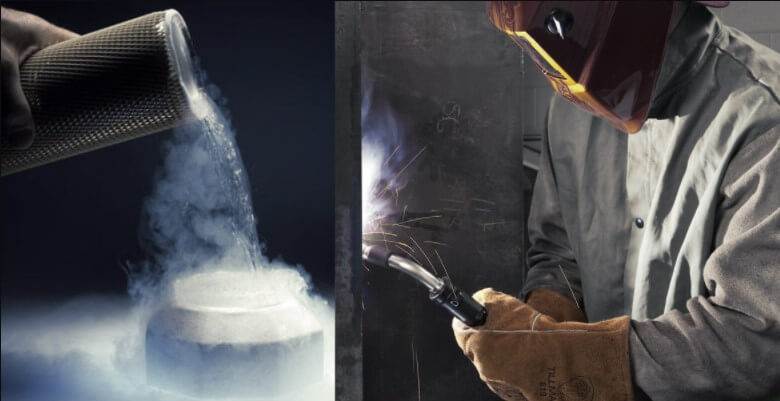
Liquid Argon: Wonders and Industrial Application of the Lazy Gas
What comes to mind when you think of the word “gas”? Most people would say that it is helpful, expensive, and even harmful in their daily lives. But what if there is one that is indeed helpful and inexpensive compared to the rest? On top of that, something that is sometimes safe enough that you can ingest it?
Argon (AR), sometimes called the “lazy” or “noble” gas, is an inert gas that makes up all these. It is a colourless and odourless gas that can be mixed with other substances without causing any chemical reaction. Argon gas is industrially made from liquid air, and it is then distilled in a cylinder as compressed gas or Liquid argon for distribution.
Method and Application
It is said to be a better choice when working with air-sensitive materials since it is dense. It is also less reactive than nitrogen, a type of gas that serves almost the same purpose. Meanwhile, this gas is used for various purposes, such as creating neon lights, electrical light bulbs, heat-treating procedures, metal production, and shielding gas in welding.
Argon is also used in the healthcare industry, from surgical tools, lasers, and various treatment materials to surgical procedures. At some point, it is also used in food and beverage preservation, such as chips, meat, and wines.
When it comes to food safety and packaging, it is known that carbon dioxide is being used to kill unnecessary bacteria. The downside to this process is that it destroys the freshness and flavour of foods. But, using argon and carbon dioxide enhances its effectiveness by killing microbes and allowing food processors to use less of the latter.
Liquid argon is popular for industrial, scientific, and even agricultural purposes. But, more so, it is undeniably more commonly used in inert shielding in welding. Argon is thicker than air and has low thermal conductivity, and it can also ionize a welding arc easily. In addition, lower flow rates are needed since they serve well as a shield for the weld zone. Argon can also be used in GTAW and for GMAW of aluminium as a stand-alone gas. It can also apply to other metals without iron components.
Argon also plays a big part in high-productivity welding in GMAW or FCAW. It is a significant element in shielding gas for connecting steels. Furthermore, as the most versatile gas used on metals, one can say that argon is the best choice for shielding the molten parts against other elements.
Health Risks and Product Availability
True enough, argon gas is used in edible products. However, it doesn’t mean that it is a hundred per cent safe. For example, direct inhalation or exposure may cause dizziness, headache, suffocation, or even frostbite.
It is imperative to be more mindful when handling argon gas or any gas. And since it is the third most abundant gas in the atmosphere, argon is one of the cheapest noble gas and most commonly used. One factor that contributes to this is that it can be distilled from the atmosphere easily compared to other gases such as helium.
To conclude, argon gas is an essential component of everyone’s daily lives. This gas is easily obtainable and is compliant without risking too much when it comes to safety, effectiveness, and price.


